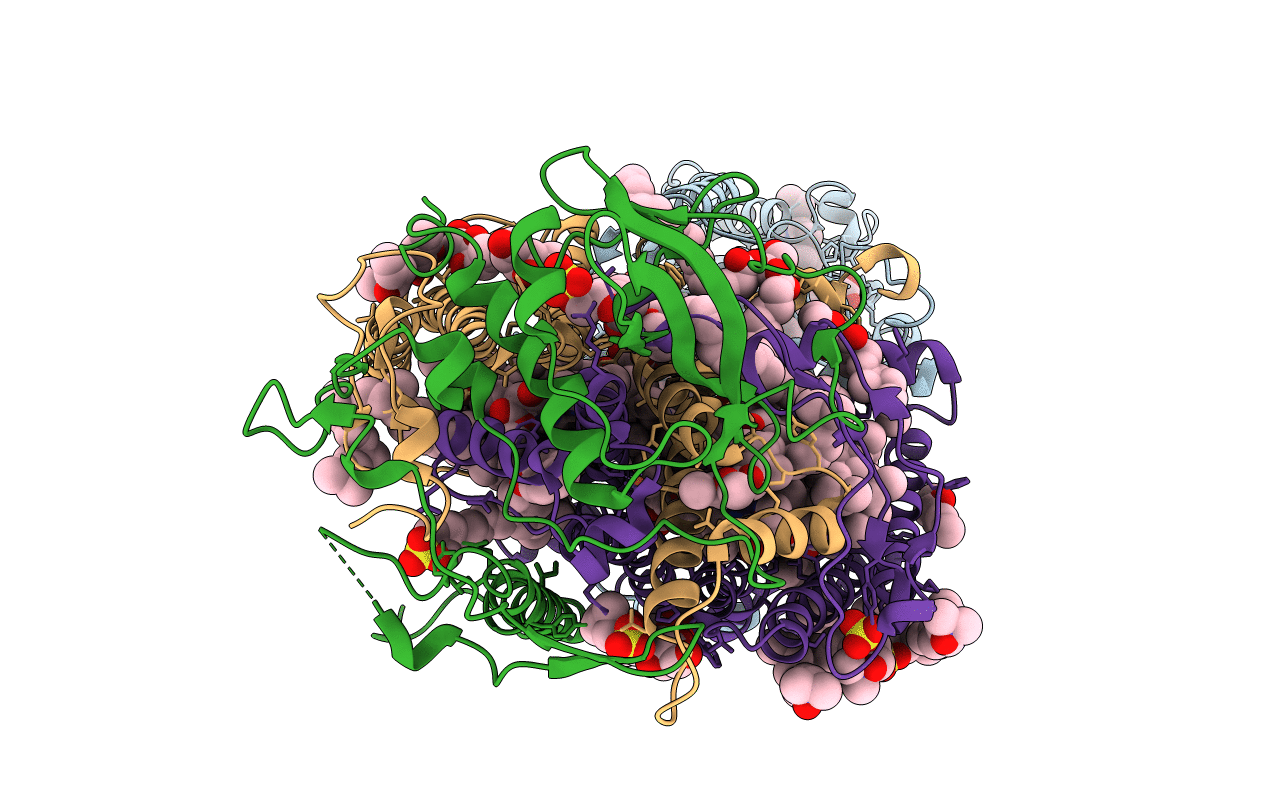
Deposition Date
2021-11-09
Release Date
2022-06-22
Last Version Date
2024-10-23
Entry Detail
PDB ID:
7Q7Q
Keywords:
Title:
LIPIDIC CUBIC PHASE SERIAL FEMTOSECOND CRYSTALLOGRAPHY STRUCTURE OF A PHOTOSYNTHETIC REACTION CENTRE
Biological Source:
Source Organism:
Blastochloris viridis (Taxon ID: 1079)
Host Organism:
Method Details:
Experimental Method:
Resolution:
2.25 Å
R-Value Free:
0.20
R-Value Work:
0.16
Space Group:
P 21 21 2


